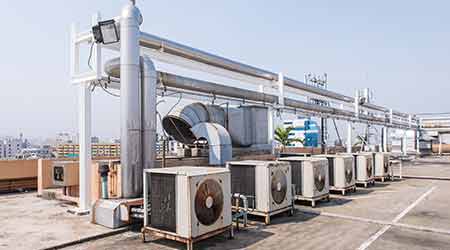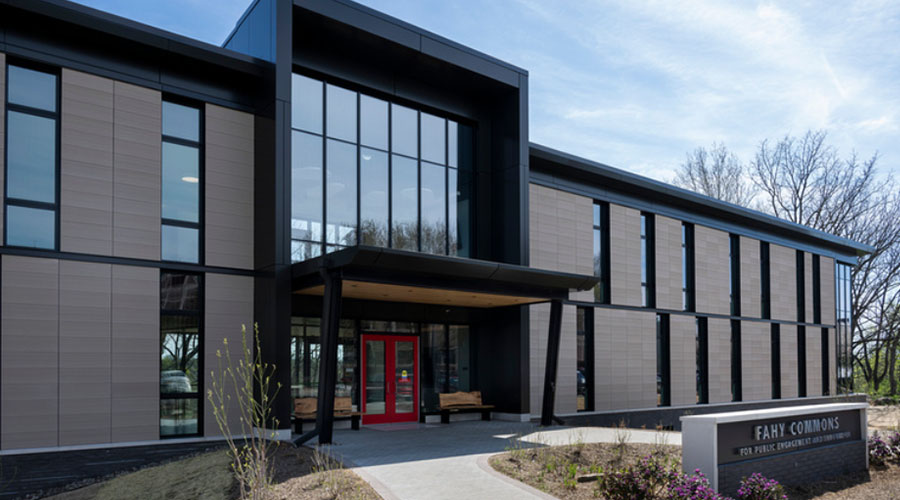Roof Replacement Success Requires Research
Part two of a four-part article on roof replacement
Skipping the homework
One of the biggest mistakes managers make when replacing a roof is to automatically specify a replacement that is same type as the existing roof. This strategy assumes that the type of roof originally installed was the best type of roof for that application.
In fact, it is more likely that someone made the choice previously based on installation costs more than suitability. Even if the existing roof was the best choice at the time of installation, subsequent changes in the way occupants and visitors use the building might mean that type of roof no longer is suitable for the application.
Consider the way building applications can evolve over 20 years or so of a roof’s performance life. Telecommunication equipment and HVAC systems that did not exist when the roof was new might have been placed on the roof after its installation and require regular access for maintenance. Changes in operations within the building also might have resulted in the installation of exhaust systems that discharge onto the roof. Not all roofs stand up equally well to foot traffic or exposure to chemicals.
Managers also must consider other factors before deciding. For example, what is the roof’s slope? Some roof materials will not perform well on steep slopes; others perform poorly on flat surfaces.
How well does the existing roof drain? Ideally, no ponded water should not be present on the roof 24 hours after the rain has stopped. If the existing roof has poor drainage, managers have options to increase the slope of the roof to improve drainage.
Different roof types also result in different loads on the roof deck and the building structure. Managers must make certain the facility has the structural strength to support the type of replacement roof selected. The number of roof penetrations also influences the type of replacement roof installed. Each penetration is a potential hole in the roof, and some roof systems handle penetrations better than others.
No single type of roof system is the most appropriate for all applications. Just because a particular roof type has performed well in one application is no guarantee it will perform well in another application. Managers need to do their homework before settling on a particular replacement type.
Related Topics:















